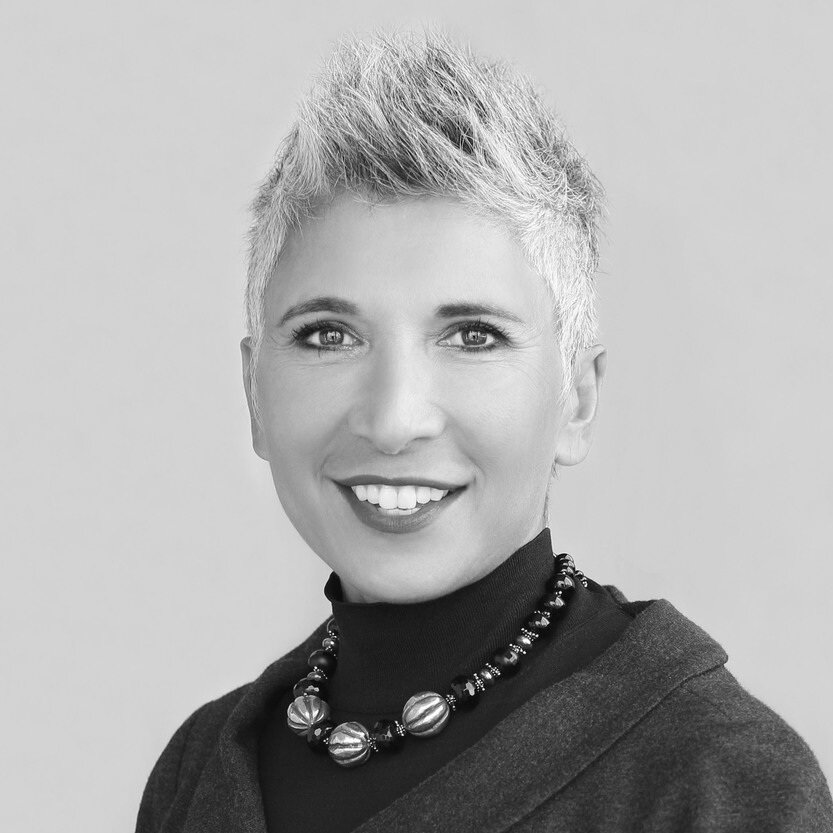Systems theory identifies 5 elements for a sustainable business model: Diversity, modularity, openness, slack resources and matching cycles.
Tima Bansal is the Founder of the Network for Business Sustainability and Professor at Ivey Business School. She wrote this article in 2011; see her 2020 article on sustainable business models for more recent perspectives.
Do most shareholders believe they make enough money? Probably not. No matter the profit numbers, shareholders are still clamoring for more. And, the easiest way to grow profits is to grow the business.
Yet, the natural environment cannot accommodate more industrial growth. Our natural resources are being extracted and disposed of faster than they can be renewed. Nowhere is this more evident than with fossil fuels. The more fossil fuels we extract, the more that ends up in our air, water and landfills as either carbon emissions or as byproducts and waste.
The fact that the natural environment is not on the minds of most managers is not entirely surprising. Many business professors still teach the 1970’s doctrine of Milton Friedman: “The social responsibility of business is to increase its profits.” Growth, therefore, is at the heart of the business model. But the foundation of this model was developed at a time when we didn’t comprehend the natural limits to growth.
Business sustainability tackles these issues head on. Many business advocates translate business sustainability into the triple bottom line: firms are expected to manage the social, environmental and financial implications of their actions. The triple bottom line encourages firms to seek win-wins, where they search for profitable activities that benefit society and the environment.
But, most managers recognize that such win-wins are elusive, especially in the short-term. And as shareholder scrutiny intensifies, managers are under even greater pressure to show consistently high and growing profits each quarter. What’s more, the triple bottom line advises firms what to measure, but not how to manage. It does not tell managers how to organize their business and how to make important tradeoffs. The triple bottom line is still grounded in the short term and in the existing business model.
What is a sustainable business model?
For business models to be sustainable, they need to emphasize resilience. Resilience not only recognizes the importance of profits, but also values longevity and bouncing back from shocks. It shifts the paradigm from business-centric to recognizing that businesses are part of a wider system – a resilient business requires resilient relationships.
Five elements for a sustainable business model
Based in systems theory, approaching sustainability as resilience reveals some important insights into organizational forms, some of which I describe below.
-
Diversity: The firm needs a diverse set of resources, people and investments to be resilient. While diverse investments are seen to draw on resources and absorb managerial attention, a single line of business, single sources of revenues, or people with similar mindsets can expose the firm to greater risks. Firms can no longer simply ‘stick to the knitting.’
-
Modularity: Matrixed organizations are often seen as facilitating knowledge flows. However, such organizations are not only resource intensive, they expose the whole organization to shocks as they reverberate through the organization. Organizations need to be less interdependent, and focus on modularity (keeping functions separate), so they can be insulated from shocks.
-
Openness: Resilient firms must know what’s going on outside their boundaries. These firms can sense issues on the horizon. They are constantly monitoring the external environment, and drawing scenarios of possible futures. They expect not only to react to those potential futures, but also help to shape them. The link between the organization and the external business and natural environment is vital, permeable, and malleable.
-
Slack resources: In an era of just-in-time production, slack or spare resources are often seen as costly and wasteful. However, innovation and adaptation requires both financial and creative investments, and the space to change direction. Firms that can ride storms must allow for a little more time to accommodate new ideas, scenarios, and shifts in thinking. Slack resources, both assets and capabilities, are always considered as very important to shape a sustainable business model.
-
Matching cycles: Firms often think about optimizing performance and getting more from less. But, this thinking puts firms on a treadmill, doing the same thing faster every day—and, it has them bumping up against resource constraints. Resilient businesses think, not about constant growth, but rather about cyclical processes: cycles of growth and contraction, cycles of production, and cycles of consumer purchase patterns. Understanding the rhythms of business and the environment will allow the firm to synchronize with them meaningfully, and not overreact to what is likely just a cycle.

These ideas need to be developed and tested. But, they offer a starting place for dialogue for a 21st century business model based on sustainability.
More from Tima Bansal
From Tima’s Desk features ideas about sustainable business. Tima highlights published and in-process articles, observations, and conversations that have piqued her interest and provoked her thinking. Read the column.



Add a Comment
This site uses User Verification plugin to reduce spam. See how your comment data is processed.This site uses User Verification plugin to reduce spam. See how your comment data is processed.